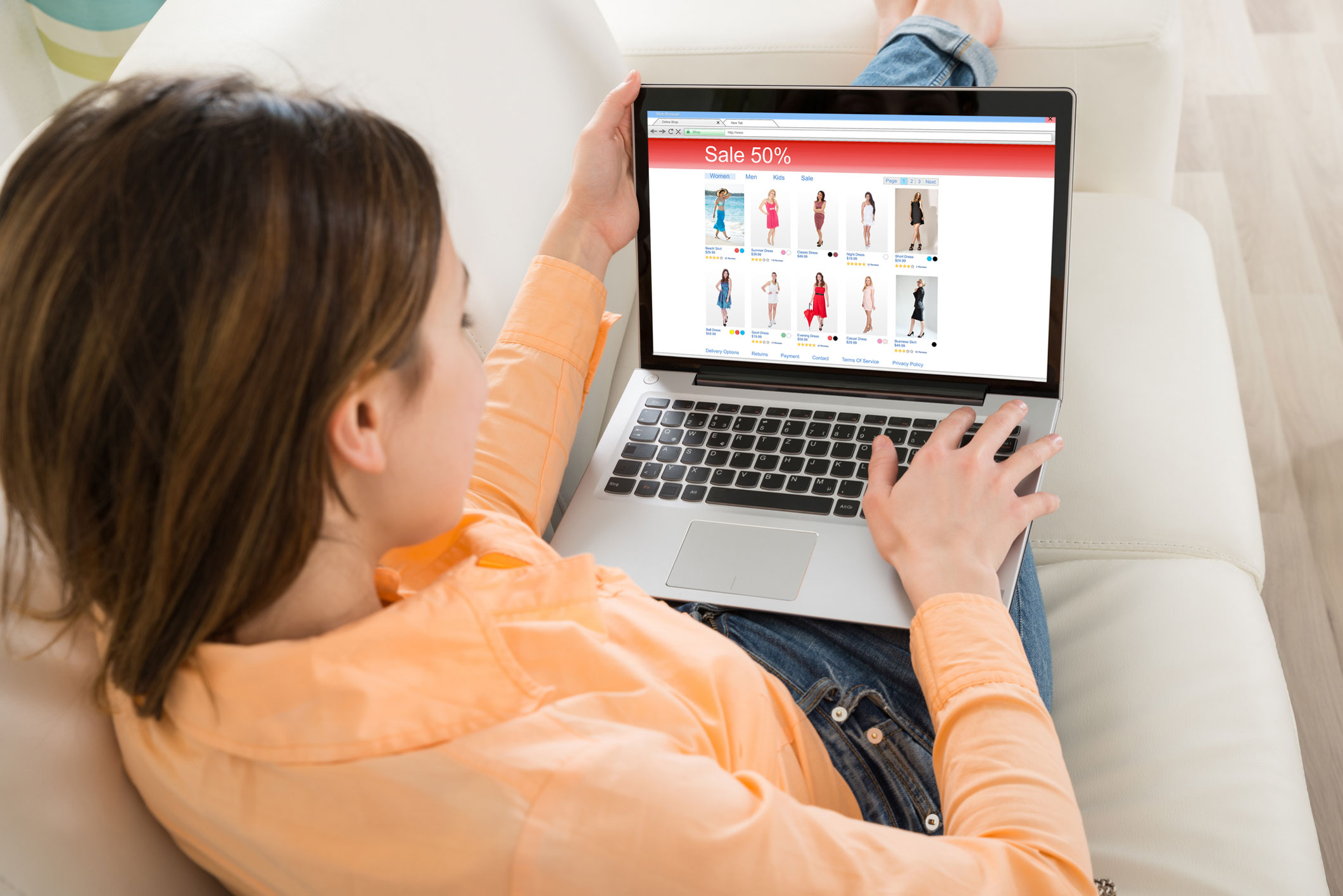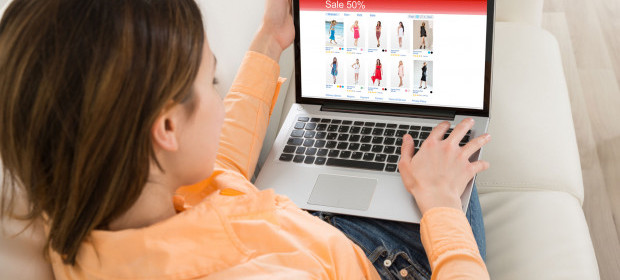It’s been a big month for buy now pay later (BNPL) services, particularly as COVID-19 has transformed consumers’ buying behavior including how much they spend, what they purchase, and how they spend – online purchases in particular have boomed.
Although many Australians have lost their job or experienced reduced income, which has reduced their ability to meet their debt repayment obligations, data shows non-essential spending is actually increasing, despite what is happening to people financially. So, how are consumers paying for it?
According to Mozo’s 2020 BNPL report, more Australians have been taking advantage of BNPL during lockdown to help pay for groceries, clothing, streaming services and gaming. However nearly two million BNPL users are unsure how they will pay for future payments as COVID-19 unemployment and wage reduction hits.
Further, 69% of Australians with a BNPL account said they are “financially stressed” by their payment schedules.
Aussies are buying into BNPL service because of the perceived affordability and ease that they offer.
With so many BNPL services available (such as Afterpay, zipPay, BrightePay, PayRight, LatitutePay, Openpay & Humm), you can see why spending online is so much easier to do. However, it can make it more difficult to track your spending and you might find that you struggle to make payments you need to make i.e. bills.
How can this impact me and my credit health?
Buy Now Pay Later is a credit product just like any other loan. The golden rule for any form of credit is to only use it for things you really need and can afford to repay, so only spend what you can afford to pay back.
It is important that you have a clear idea of the incomings and outgoings in your account and stay on top of your scheduled payments. Late payment fees can really add up and can further increase your debt.
Make sure you aren’t paying your BNPL repayments at the expense of repaying your regular bills, or other debt repayments such as your car loan or lease, your mortgage, or credit card. BNPL payments are automatically deducted from your bank account or credit card, leaving a footprint on your bank statements that is visible to other lenders when you apply for a loan or credit card.
Although missing repayments on a BNPL arrangement won’t show up on your credit report, if you default on the arrangement, it could lead to a lender placing a default on your credit report which could impact your ability to access credit elsewhere.
With that in mind, here are some tips for consumers to take control of their financial health if using BNPL services, particularly over the coming months:
- Make a budget and stick to it. In the current environment, responsible spending and positive credit behaviour will ensure that your credit health is in its best possible condition after COVID-19.
- Be conscious of other repayment obligations. Make sure you are not paying your BNPL repayments at the expense of repayments of other debts, such as your car loan or lease, your mortgage or credit card.
- Know your limits. Keep track of your BNPL usage and put a limit on it. If you exceed or get close to your limit, minimise further use until you have paid off your existing debt.
- Consider linking your BNPL account to your debit card instead of your credit card. Paying off BNPL from a credit card is just postponing repayments – using a debit card means you're using your own money and might be avoiding credit card interest.
- Costs can add up. You are charged fees if you miss a payment for BNPL services. It can add up if you are regularly late for payment.
The most important thing to remember, is that buy now pay later services may seem like an effective way of using credit, but if not used correctly, it will become a problem for your credit health.
If you have found that you’re struggling and need help, speak to your lender and ask how they can assist you.


